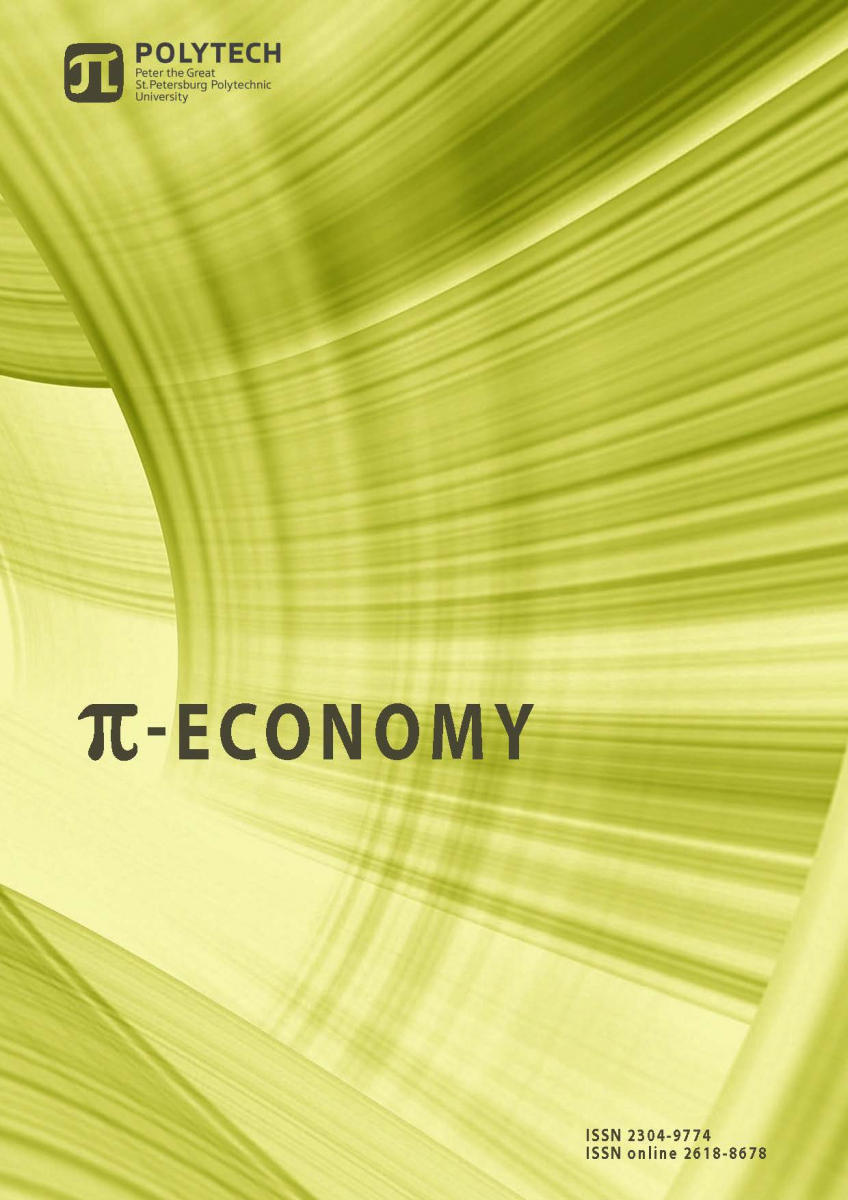Сonceptual approach to ensure the consistency of the impacts of the enterprise substitutes on the stability of development
The article discusses a conceptual approach to managing the consistency of the effects of the subsystems of an industrial enterprise on sustainable development. The laws of systems theory and organization theory are considered step by step. The following are the principles for the formation of subsystems of an industrial enterprise. Of particular importance in the approach are methods for managing the consistency of the effects of the subsystems. The author's complex of methods consists of eight groups of methods. The feasibility of applying various methods depending on the organizational and technological structures of the economy: the transition from the economy, mainly industrial type (3–4 organizational and technological way) to the post-industrial (5–6 way) type. Subsystems of the enterprise and their varying degrees of interconnectedness, including correlation analysis, are substantiated. The initial data for this analysis are the indicators, which are statistical data published by the Federal State Statistics Service and grouped by subsystems. The result of the analysis is the confirmation of the qualitative assumption of the presence of a strong interconnection between the subsystems "Finance", "Management" and "Marketing". The nature of the relationship between the considered subsystems is mainly represented by a direct strong and very strong correlation. The function and its subfunctions are proposed to regulate the indicators depending on the prevailing type of characteristics of the organizational and technological structure of the enterprise under study: a subfunction of the amplitude control of the subsystems of the enterprise, a subfunction of the directional control of the subsystems of the enterprise, and a subfunction of the interconnection management of the subsystems of the enterprise. The approach is represented by six components: laws, principles, methods, models, plans and projects to meet the needs of enterprises and the requirements of practice related to improving the sustainability of development. The difference of the proposed approach from the existing ones is in the cyclical nature of its nature, implemented by feedbacks on updating and adjusting the principles and methods for managing the consistency of the effects of subsystems on the sustainability of development. The presented approach has an applied nature, since it is aimed at solving problems of developing plans and projects to improve the consistency of the effects of subsystems on target indicators in accordance with the requirements of practice.


